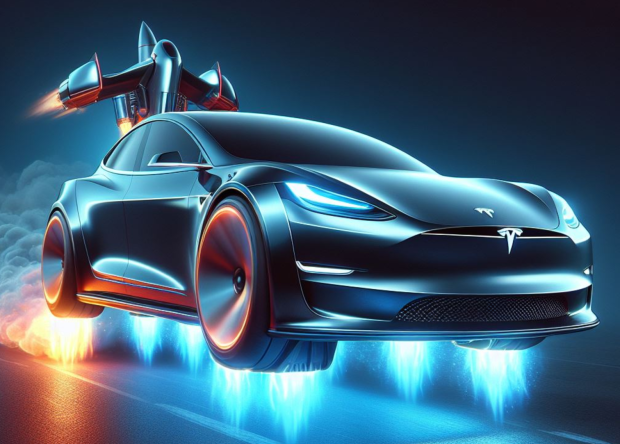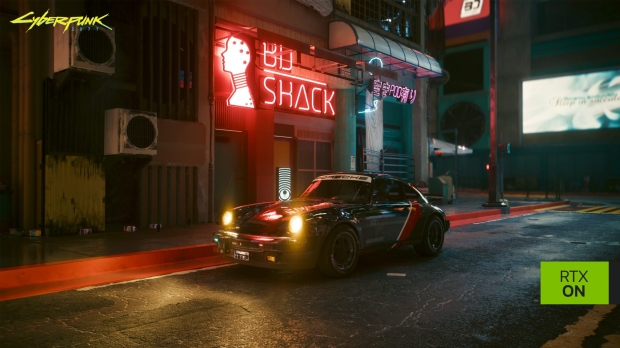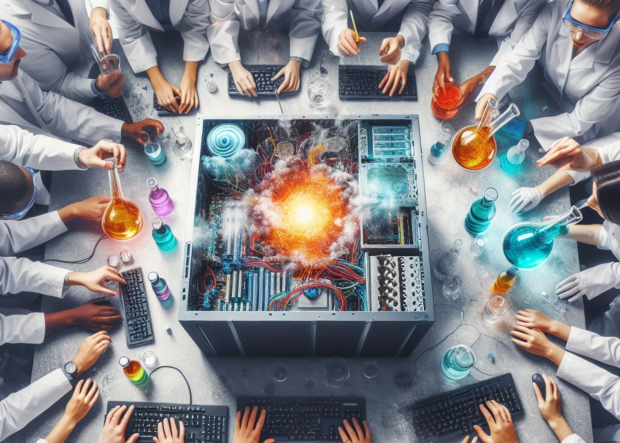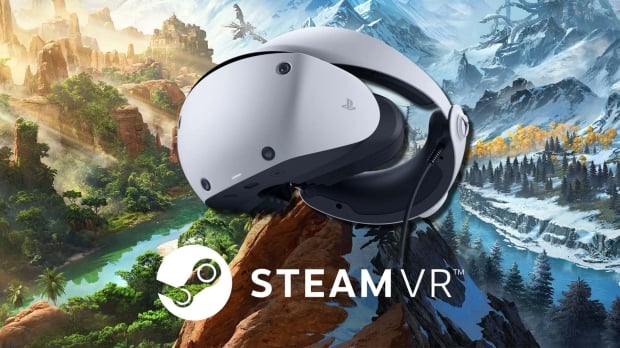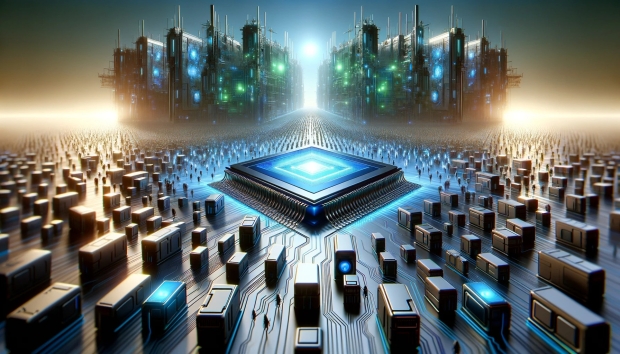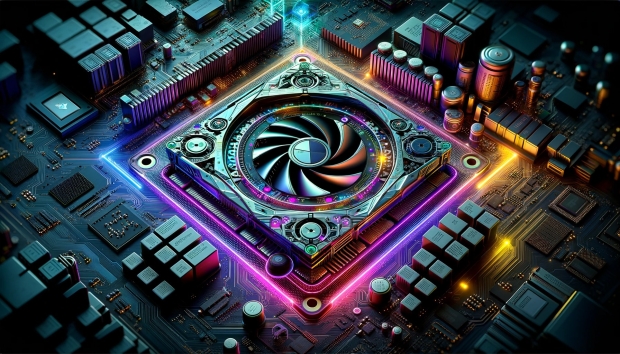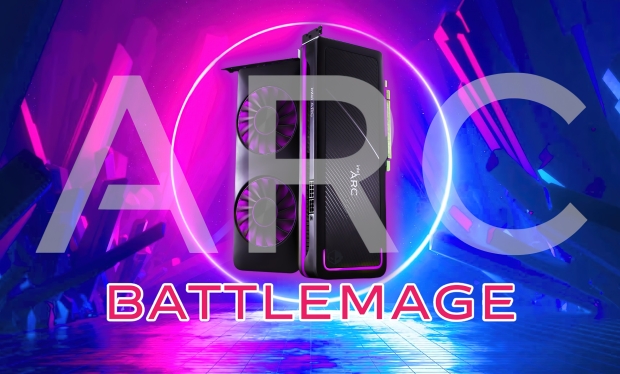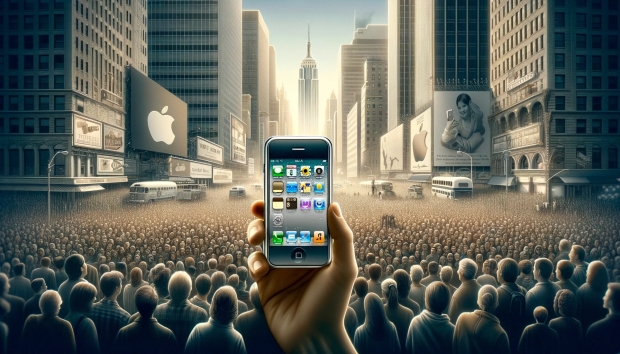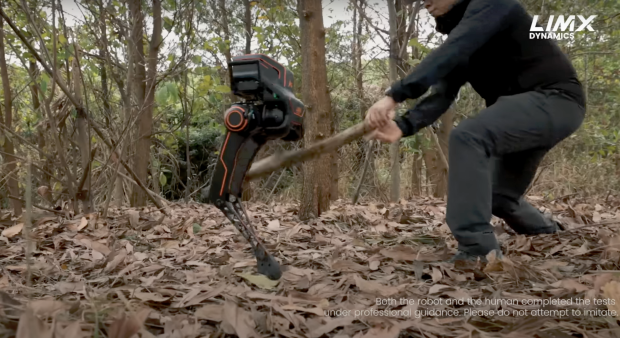Tesla's most delayed car will have 'rocket technology' when it releases
During a recent interview with former CNN anchor Don Lemon, Tesla CEO Elon Musk revealed the long-awaited Tesla Roadster will feature "rocket technology".
The contentious interview with Musk covered various topics that the billionaire is involved in, with one being the highly anticipated release of the Telsa Roadster, which was originally unveiled back in 2017. The Tesla Roadster is the company's most-delayed vehicle, originally being unveiled as a concept back in 2017, slated for release in 2020, and now we are in 2024. Musk has said these delays can be attributed to production issues.
However, Musk recently said in February that the EV sports car was going to arrive next year and would feature a second-generation design that will be "something that's never existed before". Notably, Tesla's CEO said the new design will enable the Roadster to achieve 0-60mph in under 1 second. Furthermore, the new Roadster will be designed jointly between Tesla and SpaceX to create "something that's not really a car" and also features "rocket technology."
Microsoft has a plan to make ray-tracing take up less VRAM for 8GB GPU owners
Real-time ray-tracing is not only hardware intensive to the point where it needs dedicated hardware to run complex calculations for advanced lighting effects but also heavy on VRAM usage. This has led to situations where 8GB video cards like the GeForce RTX 4060 Ti run into bottlenecks in heavy RT workloads.
According to a recently published patent filed by Microsoft, it is all about using level-of-detail (LOD) to improve ray-tracing performance and quality as needed. Different LOD settings and rendering exist in games, where objects in the distance are rendered with less geometry or detail to boost performance. This also applies to things like texture quality and foliage, which look their best the closer your in-game character is to a particular spot.
Ray-tracing involves a new "residency map for a sub-tree corresponding to a bounding volume hierarchy of objects," where ray-tracing detail is calculated based on an LOD system. Distant ray tracing will be of lower quality, but greater detail will be available up close, freeing up resources like VRAM.
Scientists spark thermonuclear explosion inside a supercomputer
Supercomputers are incredible pieces of technology for a myriad of reasons, and one of those reasons is the unlocked capability to run highly complex computer simulations.
Astronomers and researchers alike have been using supercomputers to run simulations of astronomical objects in an attempt to learn more about how they work, came to be, and evolve. One of those objects is neutron stars, or the leftover corpse of a star that has expelled all of its fuel and exploded in a fiery supernova.
While the material on the outside of the star is blasted into space, the core of the neutron star collapses, forming an extremely dense sphere that is only approximately 12 miles in diameter. However, this small ball has as much mass as 2.3 of our Sun's. Scientists don't have a full understanding of neutron star properties, with a prime query being how matter can be that dense.
Continue reading: Scientists spark thermonuclear explosion inside a supercomputer (full post)
NASA astronaut explains the dreaded loss of a $100,000 bag in space
In November, it was announced that NASA astronauts lost a bag while conducting a spacewalk, and now one of those astronauts who returned to Earth recounted their first-hand experience.
It is commonplace for astronauts aboard the International Space Station (ISS) to conduct spacewalks outside of the floating laboratory. These spacewalks involve various mission objects, such as repairing instruments and replacing old ones, both of which require tools to do so. During a spacewalk on November 2, 2023, NASA astronauts Jasmin Moghbeli and Loral O'Hara were separated from their tool bag, and funnily enough, reports at the time stated it was possible to see the bag with a pair of binoculars in Earth's orbit.
Now, Moghbeli, European Space Agency (ESA) astronaut Andreas Mogensen and Japan Aerospace Exploration Agency (JAXA) astronaut Satoshi Furukawa have returned back to Earth's surface thanks to SpaceX's Crew Dragon capsule. The Crew-7 astronauts sat down for an interview where they discussed the difficulties of their stay aboard the ISS and the challenges of returning back to Earth, such as the slow adaptation to gravity.
Continue reading: NASA astronaut explains the dreaded loss of a $100,000 bag in space (full post)
PlayStation VR2 firmware update enables PC access and GeForce RTX support
Sony's PlayStation VR2, currently exclusive to the PlayStation 5 console, will soon add official PC support. In an official PlayStation Blog post, Sony announced it was "currently testing the ability for PS VR2 players to access additional games on PC." Progress looks like it's well underway, with iVRy posting on X that the latest PSVR 2 firmware update adds support for NVIDIA GeForce hardware - previously limited to AMD and Radeon GPUs.
iVRy is a platform that enables non-PC VR headsets and devices to be used with Steam. After cracking PSVR 2 hardware authentication, it made an adapter available to those wanting to use the headset on a PC - specifically SteamVR. The PSVR 2 headset is impressive; for $549 USD, you get a 4K OLED display with a per-eye resolution of 2000 x 2040 pixels, up to 120 Hz support, and a wide field-of-view (FOV) of 110 degrees.
Official PC support will undoubtedly increase the device's sales; however, recent reports indicate that Sony has halted PSVR 2 production due to lackluster sales.
Google, Intel, Qualcomm fighting NVIDIA's dominance on AI GPUs, with CUDA software alternative
NVIDIA is absolutely dominating the AI GPU business with a purported 90% of the AI market taken by Team Green, but now a coalition of tech companies, including Google, Intel, and Qualcomm, are fighting back... they want to take down CUDA a notch or three.
In a new report by Reuters, the site says that Google, Intel, and Qualcomm have "plans to loosen NVIDIA chokehold by going after the chip giant's secret weapon: the software that keeps developed tied to NVIDIA chips," which is CUDA. Reuters continues, adding "they are part of an expanding group of financiers and companies hacking away at NVIDIA's dominance in AI".
Vinesh Sukumar, Qualcomm's head of AI and machine learning, told Reuters: "We're actually showing developers how you migrate out from an NVIDIA platform".
TinyCorp's new TinyBox AI system: AMD AI GPU system starts at $15K, NVIDIA GPU starts at $25K
TinyCorp has just announced that it will offer new TinyBox AI systems with either AMD or NVIDIA AI hardware inside. AMD systems will start at $15,000, while NVIDIA hardware inside will start at $25,000.
The company offers its new TinyBox AI systems with 6 x AMD Radeon RX 7900 XTX graphics cards inside, starting at $15,000 per system. Meanwhile, TinyCorp offers a TinyBox AI system with 6 x NVIDIA GeForce RTX 4090 graphics cards, with this monster AI system starting at $25,000.
TinyCorp has been experiencing issues with AMD hardware, posting about its issues and new AI systems on X. The company explained that it was going to sell just AMD-powered systems, but due to various issues, it was forced to offer NVIDIA chips for AI GPU usage.
Intel's next-gen Battlemage Xe2-HPG GPU with up to 24 GPU cores, 12GB VRAM spotted
Intel's next-generation Battlemage "Xe2-HPG" GPUs have been spotted, running with 20-core and 24-core GPU variants inside the SiSoft Sandra database. Check them out:
Intel is expected to roll out its next-gen Battlemage GPU later this year, filling out the Xe2-HPG and Xe2-LPG variants: Xe2-HPG will be discrete graphic cards, while Xe2-LPG will be integrated GPUs inside upcoming processors like Intel's next-gen Lunar Lake CPUs.
The new Battlemage Xe2-HPG GPUs were spotted by "miktdt" with the 20-core Xe2-HPG GPU featuring 160 Vector Engines and 2560 ALUs, while the 24-core Xe2-HPG GPU packed 192 Vector Engines and 3072 ALUs. Both of the Xe2-HPG GPUs featured 8MB of L2 cache, which is half of the cache Intel uses on Alchemist Xe-LPG GPUs with 32 cores. Both of the GPUs also packed 12GB of VRAM on what seems to be a 192-bit memory interface.
Apple's original 4GB iPhone considered 'Holy Grail' for collectors, auctioned for $130,000
The original Apple iPhone released in 2007 has been sold at auction for an incredible $130,027.20 in a factory-sealed retail package.
Apple's original 4GB iPhone is considered a "Holy Grail" amongst iPhone collectors, with its extreme scarcity because of its limited production. Apple released the iPhone in 4GB and 8GB versions on June 29, 2007, but the 4GB sales were slow compared to 8GB, hence why there are not many 4GB iPhones out in the wild. The 4GB iPhone was also discontinued shortly after, with Apple pulling it just two months after its release on September 5, 2007.
LCG Auctions hosted the original 2007 Apple iPhone Factory Sealed (1st Release, 4GB) smartphone at a starting price of $100,000 following an extremely rate 4GB iPhone hitting auction and selling for a record-breaking $190,373. Another 4GB iPhone model also appeared during the LCG Fall Premier Auction in October, selling for an impressive $133,435.
China's AI robot tested on walk through rough forest terrain: stumbles, trips, but doesn't fall
Chinese robotics firm LimX Dynamics has just shown off the latest developments of its new Biped Robot P1, testing the AI-powered robot and its ability to walk through mountainous forest terrain as well as being hit with a huge piece of wood. Check it out:
The new Biped Robot P1 uses reinforcement training to respond to the real-world, where there are moving objects and disruptions in its past -- a forest setting with leaves, wood, and dirt is great -- allowing LimX Dynamics to train its AI algorithms. You can see the AI robot kicking up dirt as it walks, walking into huge bunches of leaves and getting out of it without falling over.
A human operator is also there pulling at it, and it doesn't fall... as well as being hit by a rather large and heavy piece of wood, the Biped Robot P1 doesn't fault. LimX Dynamics took to the Tanglang Mountain range in Shanghai, China to test out its robot, moving around and navigating through rough terrain meant that the P1 had to be continuously aware of its surroundings, pumping that into its AI algorithm, and responding to it through reinforcement training.

